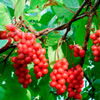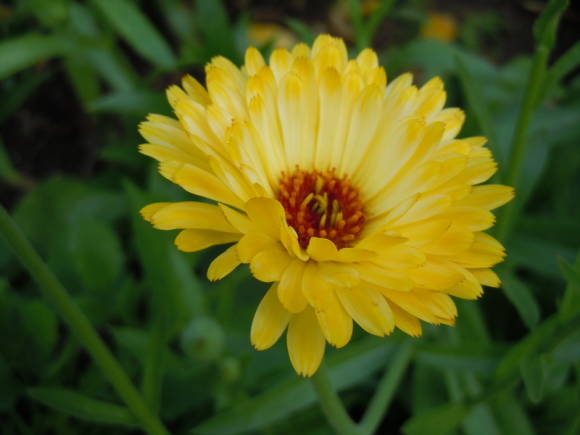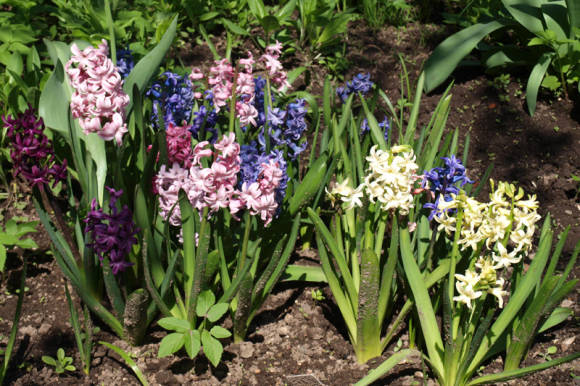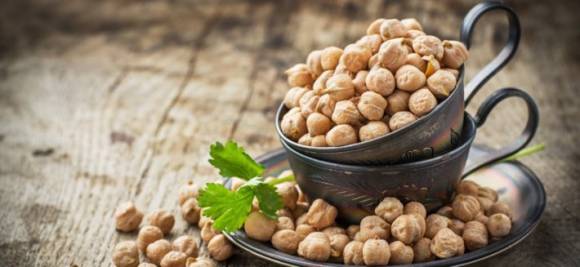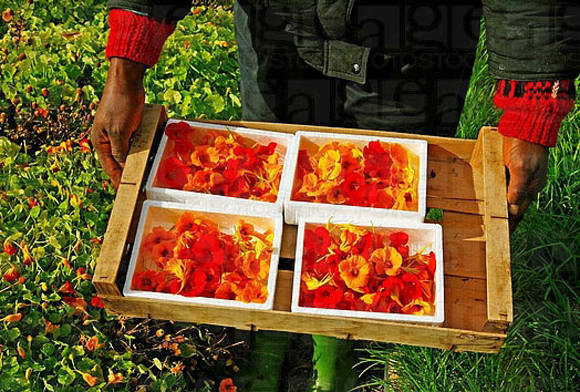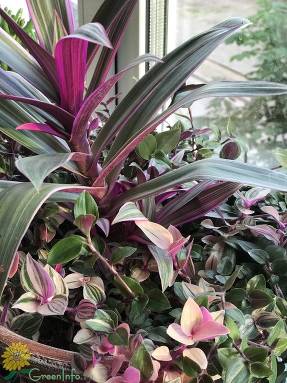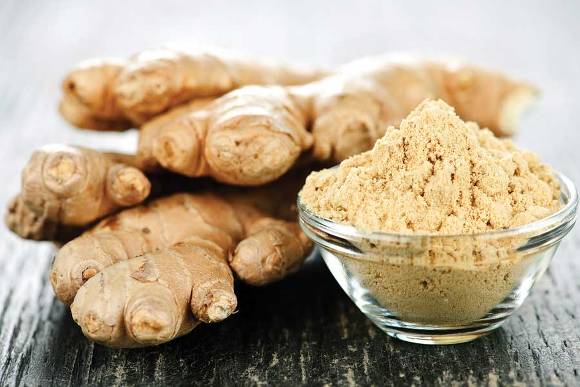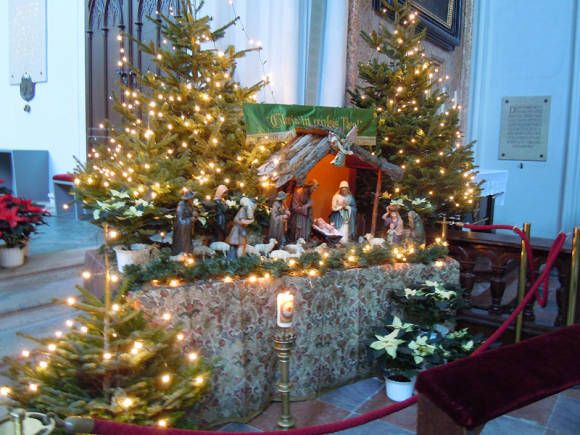Eggplant is native to India, where it still grows wild. Its fruits have been eaten by locals since time immemorial. But at first the taste of eggplant seemed "suspicious" to Europeans. The ancient Greeks and Romans called eggplants "apples of rage" and believed that the systematic use of them in food leads to madness.
However, during the Middle Ages, eggplant was widely grown in southern Europe. They came to Russia only in the 17th and 18th centuries. So the famous replica of Savely Kramarov "Overseas caviar ... eggplant" from the movie "Ivan Vasilyevich Changes His Profession" has no historical basis. During the time of Ivan the Terrible, Russians knew only by hearsay about the existence of eggplant. Only a couple of centuries later, "demyanka", as eggplants were called in Russia, became a fairly common vegetable, especially in the southern Russian provinces. They were boiled in meat stews or used instead of "bites". As soon as they did not call eggplants in Russia: "pakistan", "badarzhan", "bagazhan" and even "podlizhan". In the end, tired of breaking their language, the Russians found a way out and called the "overseas" vegetable simply and expressively: "blue".
In fact, eggplant fruits are not blue. Their color ranges from light purple to deep purple. And if the fruits are left to ripen on the bush, they will change their color and become gray-green or brownish-yellow. This is the color of the ripe eggplant fruit. We eat unripe fruits - they are tender, tasty and healthy, in contrast to rough and slightly edible ripe fruits.
Overripe eggplants should never be eaten. They contain a large amount of a poisonous substance - solanine. And the most useful and delicious eggplants are those with a bluish-black peel, and the shape of the fruit is oblong. These eggplants tend to have few seeds.
